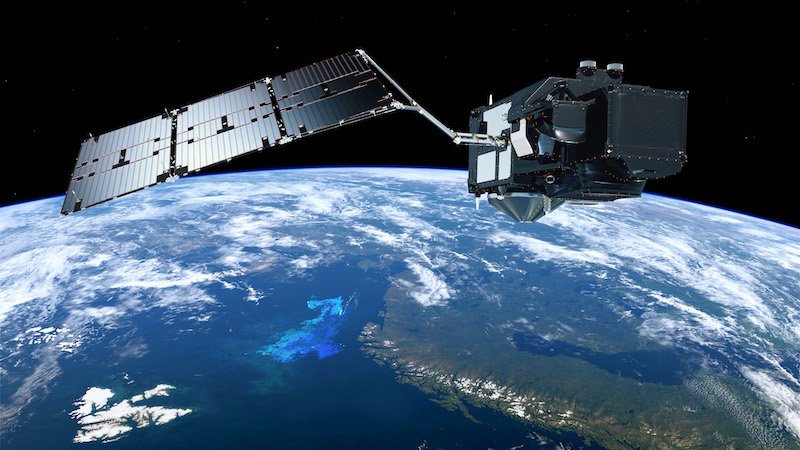28 juli 2022
Vegetation observations focus of new ESA climate project
The aim is to develop long-term global multi-mission time series for LAI and FAPAR
From forests to grasslands, vegetation dominates Earth’s terrestrial ecosystems. Unsurprisingly, it plays a key role in the climate, removing and storing significant quantities of atmospheric carbon each year through photosynthesis.
To strengthen scientific understanding of the state and dynamics of vegetation globally, ESA’s Climate Change Initiative has added a new R&D project, dedicated to developing long-term satellite records for two key biophysical variables.
Led by Else Swinnen from VITO, the new project, Vegetation Parameters_cci, aims to develop consistent, time series for Leaf Area Index (LAI) and FAPAR - or Fraction of Absorbed Photosynthetically Active Radiation to give its full title. LAI provides an estimate of the canopy size, and helps to quantify energy, water and greenhouse gas exchange with the atmosphere, while FAPAR measures solar radiation absorbed - in the 0.4-0.7 μm spectral range - across the canopy during photosynthesis. Combined, this information enables scientists to estimate primary productivity, biomass production and fixation of atmospheric carbon dioxide.
Multi-mission time series for LAI & FAPAR
The project will deliver the first multi-mission, joint retrieval for both variables for the period 2000-2021. By drawing on satellites including the Copernicus Sentinel-3, ENVISAT, PROBA-V and VIIRS, the researchers aims to create a data-rich record that provides more comprehensive coverage compared to existing single-sensor time series, which are hampered by cloud cover.

Available at 300m and 1km resolution in line with existing LAI and FAPAR time series, the first release of global data is anticipated during the first half of 2024 following user feedback and validation.
As is the case across all CCI projects, the new data products will be fully validated with in-situ measurements and will be fully uncertainty characterised and useable in an operational context to support the needs of both climate science and modelling communities.
According to Dr Christiaan van der Tol, of Twente University and the project’s science leader, ‘the scientific community expects consistency in long time series, especially between missions. This is very important for the detection of anomalies due to weather extremes, and for climate reanalysis and forecast.
‘We will work on this by using a generic algorithm and investigating overlapping periods. The validation data set is really comprehensive. By interaction with future users, we aim to work towards a product that can advance climate science.’
Vegetation Parameters joins a stable of 24 existing projects to form the ESA Climate Change Initiative, each dedicated to developing climate data records for GCOS-defined Essential Climate Variables, and directly support the UNFCCC to systematically observe and characterise the climate.
To find out more about the project visit the Vegetation Parameters_cci project page.
Use LAI or FAPAR data? Help us help you
The Vegetation Parameters project team is currently collecting user requirements for LAI and FAPAR needs and would appreciate it if you could complete their user needs survey. Your contribution will be invaluable in steering the production of fit-for-purpose climate datasets to support science modelling and operational communities

